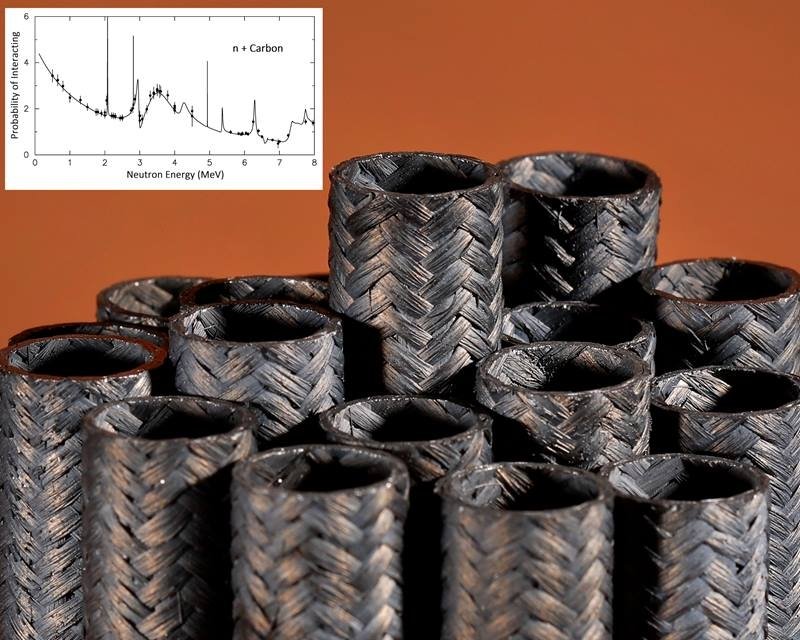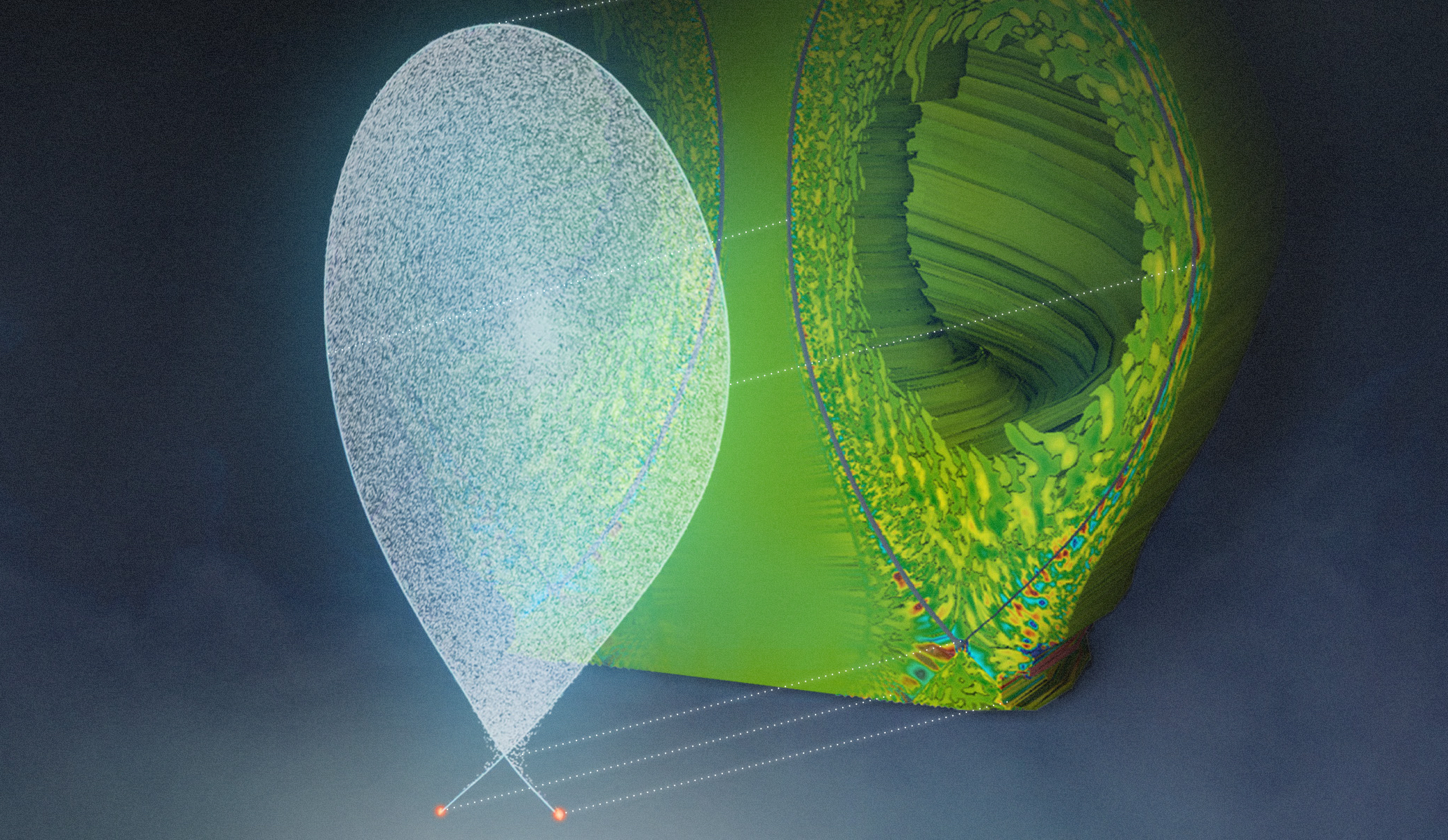Future commercial fusion power plants will need to achieve temperatures of 100 million degrees C, which requires careful control of the plasma. Researchers have now achieved these temperatures on a compact spherical tokamak called ST40. The results are a step toward fusion pilot plants and the development of more compact, and potentially more economical, fusion power sources.
Tag: nuclear fusion reactors

How Do Neutrons Interact with Reactor Materials?
Nuclear fission and fusion reactors use carbon and silicon in shielding, structural materials, fuel, and neutron moderators. Neutrons are the drivers of the nuclear energy production processes. This makes understanding how neutrons scatter from all reactor materials critical for nuclear plant design and other applications. In this research, scientists investigated the interaction of neutrons with silicon and carbon.

Scientists Use Supercomputers to Study Reliable Fusion Reactor Design, Operation
A team used two DOE supercomputers to complete simulations of the full-power ITER fusion device and found that the component that removes exhaust heat from ITER may be more likely to maintain its integrity than was predicted by the current trend of fusion devices.